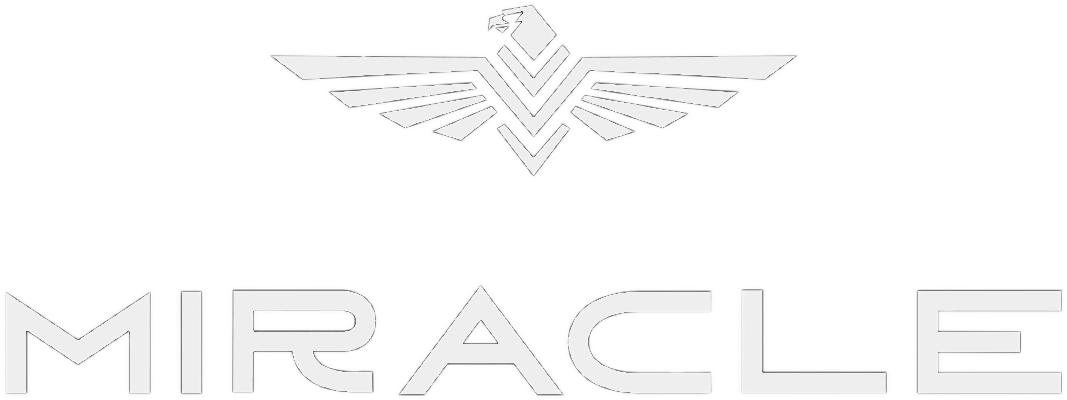Wearable technology consists of electronic gadgets or components integrated into items that can be easily worn on the body. These devices are employed for real-time information monitoring. Equipped with motion detectors, they capture an individual’s daily activities and synchronize the data with smartphones or laptop computers. After the advent of smartphones, wearable tech represents the subsequent major breakthrough in the technological realm.
Before its introduction in the consumer market, wearable technology was already utilized in the military sector. In fact, such devices were essential components of the medical and healthcare systems within military forces. Wearable devices like “Digital Fabric Interfaces” or “Intelligent Garments” were employed to supervise the health and well-being of patients, transmitting data to a central hub in real-time.
Definition and Types of Wearables
The Internet of Things (IoT) and other cutting-edge technologies are used by smart wearables, which are electronic devices worn on the body. These devices focus on health monitoring, fitness tracking, and productivity improvements. There are various categories of smart wearables, including:
Fitness Trackers
A fitness tracker is made specifically to monitor and track many aspects of physical activity, exercise, and overall health. As people work to maintain a healthier lifestyle and keep track of their fitness objectives, these devices have grown in popularity. Fitness trackers can be worn as wristbands, smartwatches, or even clip-on accessories. They provide a selection of features to aid customers in remaining inspired, knowledgeable, and involved in their journey toward well-being.
Smartwatches
Beyond merely telling the time, smartwatches offer numerous functionalities, such as activity tracking, mobile notifications, and app integration. Many smartwatches also incorporate health monitoring features, like heart rate and sleep tracking, making them versatile sports wearables.
Smart Clothing
This category includes garments and accessories embedded with electronic components and wearable sensors. Smart clothing can track various fitness and health metrics, such as muscle activity, body temperature, and posture.
Head-Mounted Displays
Smart glasses and virtual reality (VR) or augmented reality (AR) headsets fall under this category. These devices provide immersive experiences, gesture control, and real-time information overlay, enhancing productivity and offering new ways to interact with digital content.
Benefits of Smart Wearables
Smart wearables have several advantages that enhance different aspects of our lives, such as productivity and physical health. Let’s explore these benefits in detail:
A. Enhancing physical fitness
Personalized Workouts
Smart wearables allow users to create customized workout plans based on individual goals, fitness levels, and preferences. These devices can help users optimize their exercise routines and achieve better results by analyzing the collected data.
Activity Tracking
These devices provide real-time tracking of various physical activities, such as steps taken, distance covered, calories burned, and more. This information enables users to monitor their progress and adjust their fitness regimen accordingly.
Sleep Monitoring
Sleep is a critical component of overall health, and many smart wearables now include sleep-tracking capabilities. These devices can evaluate sleep quality, duration, and patterns, helping users understand their sleep habits and make necessary improvements for better rest and recovery.
Biometric Data Analysis
Smart wearables gather and analyze various physiological and behavioral metrics, providing insights into an individual’s health, fitness, and well-being. This analysis can help users optimize their exercise routines, identify potential health concerns, and make informed decisions about their lifestyle choices.
B. Boosting Productivity: Tips and Strategies
In today’s fast-paced world, boosting productivity is essential for success. Whether you’re an entrepreneur, employee, or student, managing your time efficiently, automating tasks, setting reminders, and taking care of your mental well-being are key to achieving your goals. Here are some tips and strategies to help you become more productive:
Time Management.
Time is a precious resource, and managing it effectively can greatly improve your productivity. Here are some tips to help you manage your time better:
- Prioritize tasks: Make a list of tasks and prioritize them based on importance and urgency.
- Set goals: Set achievable goals for each day, week, and month.
- Use a planner or calendar: Use a planner or calendar to keep track of your schedule and deadlines.
- Take breaks: Take regular breaks to avoid burnout and maintain focus.
- Say “no” to distractions: Minimize distractions by turning off notifications and avoiding multitasking.
Task Automation
Automating repetitive tasks can save you time and energy. Here are some ways to automate tasks:
- Use productivity tools: Use productivity tools like Trello, Asana, or Notion to manage tasks and collaborate with others.
- Use keyboard shortcuts: Use keyboard shortcuts to speed up repetitive tasks.
- Use automation software: Use automation software like Zapier or IFTTT to automate tasks between different apps.
- Outsource tasks: Outsource tasks to virtual assistants or freelancers to free up your time.
Notifications and Reminders
Notifications and reminders can help you stay on track and meet deadlines. Here are some ways to use notifications and reminders effectively:
- Set reminders: Set reminders for important tasks or deadlines using a calendar or app like Todoist.
- Turn off non-essential notifications: Turn off non-essential notifications to minimize distractions.
- Use productivity apps: Use productivity apps like Forest or Flipd to block distractions and stay focused.
Stress Reduction and Mental Well-being
Taking care of your mental well-being is crucial for productivity. Here are some ways to reduce stress and take care of your mental health:
- Exercise: Exercise regularly to reduce stress and improve mood.
- Meditate: Meditate for a few minutes each day to improve focus and reduce stress.
- Take breaks: Take regular breaks throughout the day to rest and recharge.
- Seek support: Seek support from friends, family, or a therapist if you’re feeling overwhelmed or stressed.
Conclusion
In conclusion, smart wearables have revolutionized the way we approach fitness and productivity by seamlessly integrating advanced technology into our daily lives. These devices offer various benefits, from personalized workouts and activity tracking to time management and stress reduction, catering to various aspects of our well-being.
The future of smart wearables offers even greater breakthroughs and uses that will further improve our health, fitness, and daily lives as technology develops and expands. We can take charge of our wellness and productivity by embracing and utilizing these cutting-edge tools to their fullest potential. Doing so will empower us to lead healthier, more balanced, and fulfilling lives.


